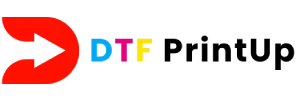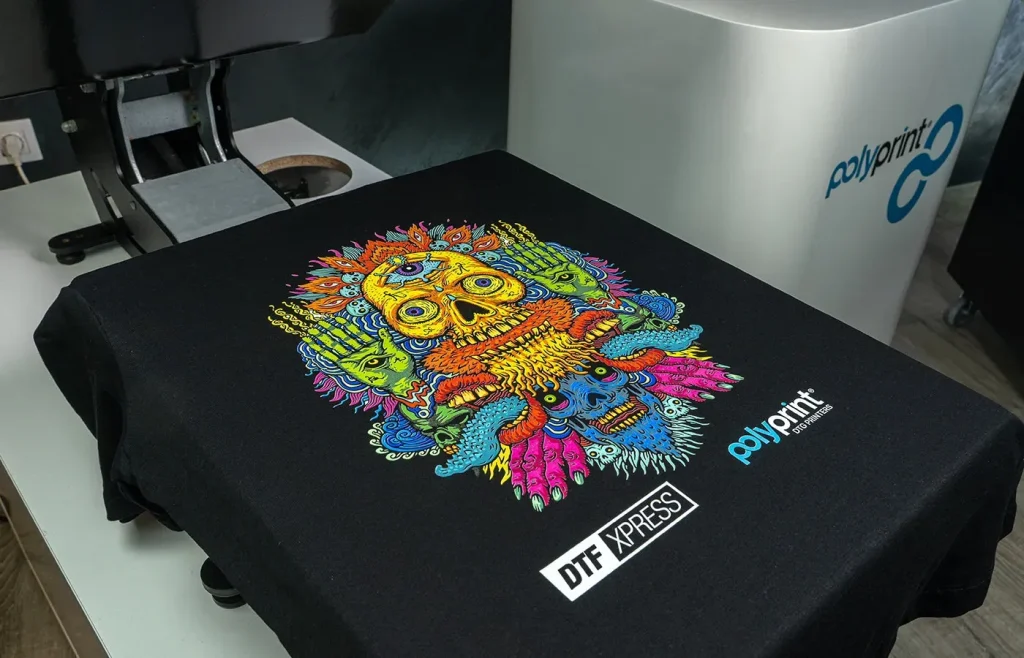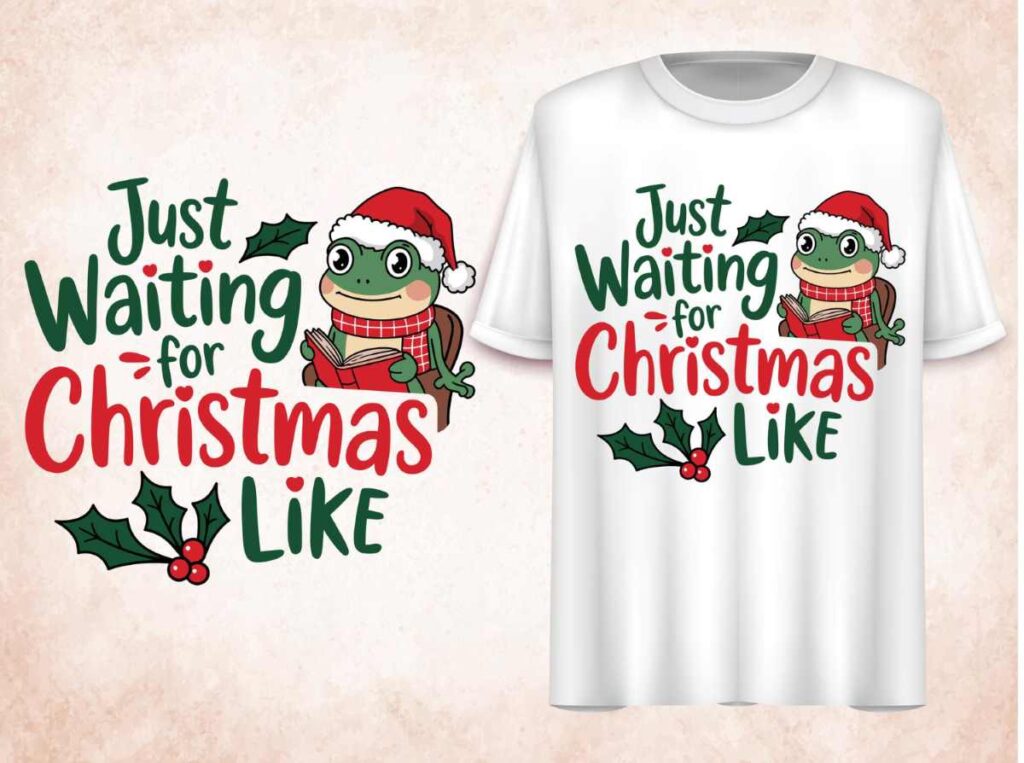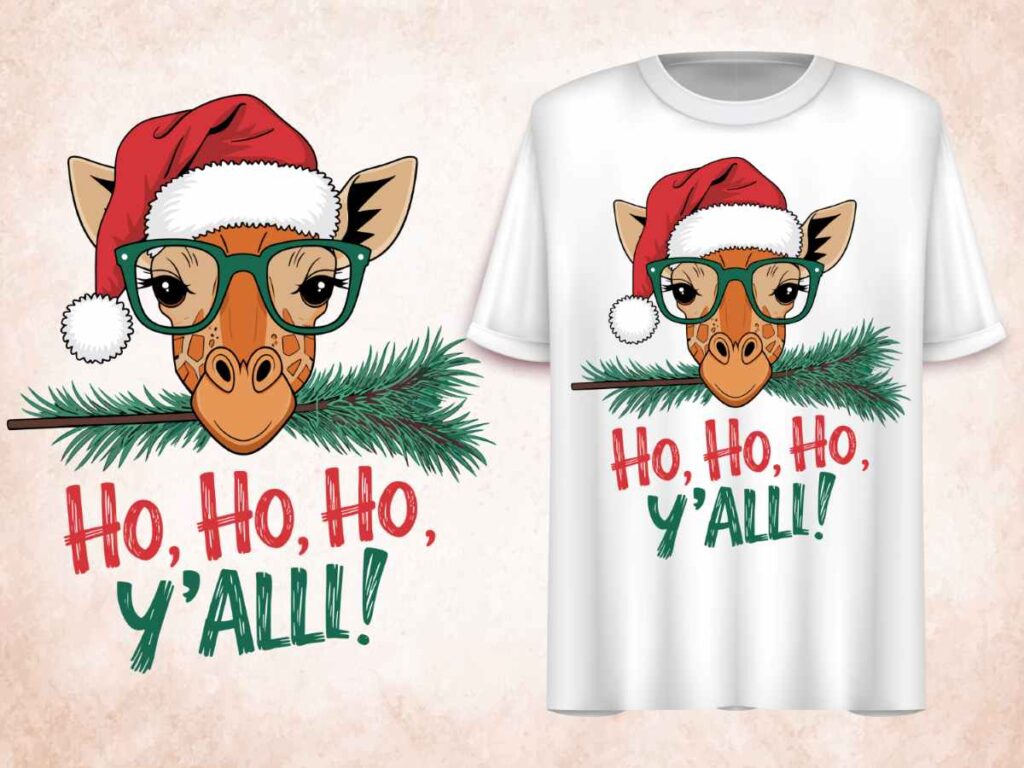In the dynamic landscape of custom apparel, DTF printing, or Direct to Film printing, stands out as a groundbreaking method that is capturing the attention of hobbyists and entrepreneurs alike. This innovative technique enables users to transfer dazzling designs onto a variety of fabrics, catering to the booming demand for personalized clothing. With its user-friendly process and potential for vibrant, high-quality prints, DTF printing opens up numerous avenues for anyone looking to establish a custom clothing business. Moreover, as consumers increasingly seek unique and tailored fashion options, this method not only promises artistic flexibility but also economic viability. Embracing DTF printing could very well be the key to unlocking profitable opportunities in sustainable fashion.
Direct to Film printing, commonly referred to as DTF print technology, is revolutionizing how creatives approach the custom clothing market. This method allows for detailed and colorful designs to be applied easily, making it perfect for individuals eager to transform their love of textiles into a thriving business. Given the rising trend of print on demand services, entrepreneurs can harness this powerful tool to enhance their custom apparel offerings. By using alternative phrases such as “film-based printing” or “fabric transfer techniques,” one can better understand the versatility and accessibility that this printing method provides. Ultimately, this surge in demand for personalized items paves the way for innovative and sustainable fashion solutions in today’s marketplace.
The Rise of Custom Apparel in the DTF Printing Market
The custom apparel industry has seen remarkable growth as consumers increasingly seek unique and personalized fashion options. With DTF printing technology, entrepreneurs can meet the rising demand for custom clothing that reflects individual style. This trend is particularly evident in the younger demographic, which values self-expression through fashion. By utilizing DTF printing, businesses can easily create vibrant, high-quality prints on various fabric types, ensuring they stay competitive in a market that thrives on personalization.
Moreover, the versatility of DTF printing allows creators to design ranges that cater to different tastes and preferences. From graphic tees to custom hoodies, the possibilities are endless. As sustainability becomes a growing concern, integrating eco-friendly practices into custom apparel creation can further attract conscious consumers. DTF printing aligns with these values, enabling the use of sustainable textiles while producing minimal waste, thereby appealing to both fashion lovers and eco-conscious buyers.
Understanding DTF Printing Technology
DTF printing, or Direct to Film printing, represents a significant leap in printing technology, allowing for intricate designs to be transferred onto textiles with ease. This method involves printing a digital design onto a special film that can be applied to various fabric types through heat and pressure. Unlike traditional techniques such as screen printing, which often require extensive setup and are less versatile, DTF printing can handle detailed artwork with many colors, making it ideal for custom apparel.
The technology behind DTF printing is particularly user-friendly for entrepreneurs new to the custom clothing business. As the setup costs are lower compared to other printing methods, it becomes more accessible for hobbyists transitioning into serious entrepreneurs. The ability to print on demand allows businesses to operate without large inventories, thus minimizing financial risks associated with unsold stock. When paired with strong marketing strategies, this flexibility positions DTF printing as a favorable option for those venturing into the custom apparel market.
Crafting Your Custom Clothing Business with DTF Printing
Starting a custom clothing business utilizing DTF printing presents an exciting opportunity to merge creativity with entrepreneurship. With this technology, sellers can provide customers with the ability to design their apparel, thus enhancing customer engagement. Establishing an online platform where users can upload their designs and view previews can streamline operations and improve user satisfaction. Additionally, showcasing successful past designs on social media can build credibility and attract potential customers.
In crafting your business, it is vital to continuously update your offerings and stay ahead of fashion trends. As the love for customized products grows, aligning with popular themes or local events can drive traffic to your brand. Using DTF printing allows for rapid design updates and trendy graphics that resonate with current cultural movements, ultimately helping your business flourish in a competitive landscape.
Benefits of Using DTF Printing for Sustainable Fashion
With a rising focus on sustainable fashion, DTF printing stands out as an environmentally-friendly option in the custom apparel industry. By adopting sustainable practices such as using organic fabrics and eco-friendly inks, businesses can create garments that not only appeal to eco-conscious consumers but also contribute positively to the environment. DTF printing facilitates such practices as it typically involves less waste than conventional methods, owing to its direct printing on fabric.
Moreover, consumers today are more informed and inclined to support brands that prioritize sustainability. By promoting DTF printed apparel made from sustainable materials, businesses can tap into a growing market segment that values ethical considerations. Highlighting these practices in marketing efforts can enhance brand loyalty and encourage buyers to choose eco-friendly options, making DTF printing an ideal technology for fashion entrepreneurs committed to sustainable practices.
Exploring Income Streams with Print on Demand
Print on demand (POD) is a revolutionary business model that pairs perfectly with DTF printing, allowing for efficient production with minimal upfront investment. By adopting this system, businesses can offer a vast range of products while only creating items as orders come in. This helps mitigate risks associated with unsold inventory, making DTF printing an ideal solution for those venturing into the custom clothing business.
Furthermore, the POD model supports freedom and creativity, enabling entrepreneurs to experiment with diverse designs without financial constraints. This flexibility allows for quick adjustments based on trending designs or customer feedback. Incorporating effective marketing strategies, such as showcasing unique designs on social media platforms, can enhance visibility and drive sales in this on-demand environment.
Successful Marketing Strategies for DTF Printing Startups
Effective marketing is crucial for the success of any DTF printing startup. Understanding your target audience and employing tailored marketing strategies can significantly increase brand awareness and customer engagement. Utilizing social media platforms such as Instagram, Pinterest, and TikTok allows businesses to visually showcase their custom apparel and unique designs. Engaging with followers through interactive content such as live demonstrations or polls fosters community and encourages organic growth.
Moreover, investing in content marketing to share stories, experiences, and design tips can position the business as an authority in the niche. Blogging about various aspects of DTF printing, sharing tips for aspiring designers, or discussing sustainable fashion practices can provide valuable information, boosting user engagement and driving traffic to your website. Combining these marketing efforts can create a comprehensive strategy that enhances your visibility and attracts customers eager for personalized apparel.
Frequently Asked Questions
What is DTF printing and how does it work in custom apparel production?
DTF printing, or Direct to Film printing, is a modern technique used in custom apparel production. It involves printing designs onto a special film which is then transferred onto fabric using heat and pressure. This method allows for vivid, full-color prints on various materials, making it ideal for creating custom clothing.
Can DTF printing be used for sustainable fashion initiatives?
Yes, DTF printing supports sustainable fashion by enabling the use of eco-friendly inks and materials. As the demand for sustainable apparel grows, entrepreneurs can leverage DTF printing to create stylish, personalized clothing that appeals to environmentally conscious consumers.
What equipment do I need to start a DTF printing business for custom clothing?
To start a DTF printing business, you will need a DTF printer, a heat press for transferring designs, and graphic design software to create your artwork. These essential tools will help you produce high-quality custom apparel efficiently.
How does DTF printing compare to other printing methods like screen printing?
DTF printing surpasses screen printing in versatility and color vibrancy. Unlike screen printing, DTF allows for detailed all-color designs on a variety of fabrics with lower setup costs, making it a favorable choice for custom apparel businesses, especially for small orders.
What are some advantages of using DTF printing for print on demand?
DTF printing is ideal for print on demand because it eliminates the need for large inventory and allows for quick turnaround times. Custom designs can be created and printed as orders come in, maximizing flexibility and reducing waste in the custom clothing business.
How can marketing strategies enhance a DTF printing custom clothing business?
Effective marketing strategies, such as leveraging social media platforms and engaging in content marketing, can significantly boost visibility for a DTF printing business. Sharing customer stories and showcasing designs will attract attention and help in building a loyal customer base while highlighting the uniqueness of custom apparel.
| Key Points | Details |
|---|---|
| Introduction to DTF Printing | DTF printing allows vibrant designs on fabrics, offering a cost-effective way to enter the custom apparel market. |
| Advantages of DTF Printing | 1. Versatility across fabric types (cotton, polyester, blends). 2. Lower setup costs compared to screen printing. 3. High-quality prints with intricate designs. |
| Growth Potential | Increasing demand for personalized clothing creates opportunities for businesses in the DTF market. |
| Business Models | 1. Custom apparel creation for unique designs. 2. Print on demand services for inventory-free sales. 3. Wholesale partnerships with retailers. |
| Required Equipment | Essential tools include a DTF printer, heat press, and design software, with startup costs estimated between $2,000 to $5,000. |
| Market Trends | Focus on sustainable practices and cultural fashion trends to stay competitive. |
| Marketing Strategies | Utilize social media, content marketing, and local events to promote your DTF printing business. |
Summary
DTF Printing is a revolutionary approach to custom apparel that provides hobbyists and entrepreneurs with the opportunity to generate profit through creative design. By utilizing direct to film technology, this method not only produces vibrant and durable prints but also accommodates a wide range of fabrics and styles, from t-shirts to hoodies. With the growing trend towards personalized clothing and lower startup costs compared to traditional printing methods, aspiring business owners can easily enter the market and cater to the increasing demand for unique, custom designs. Additionally, employing effective marketing strategies and staying attuned to market trends will further enhance the success of a DTF printing business. Overall, DTF printing serves as a promising avenue for anyone looking to turn their passion for design into a thriving enterprise.



